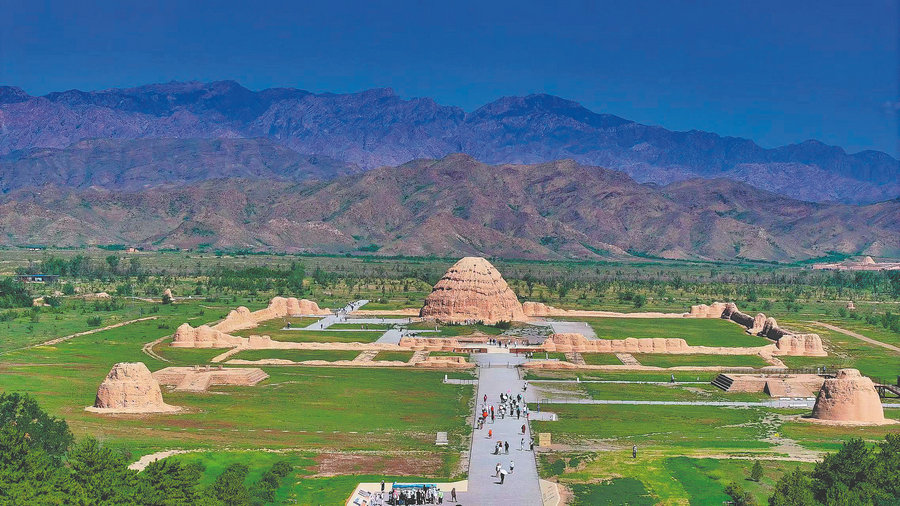In July 2025, the Xixia Imperial Tombs were added to the UNESCO World Heritage List, becoming China’s 60th World Heritage site. Located near Yinchuan in Ningxia, this important place holds the history of the Western Xia Dynasty, which ruled from 1038 to 1227.
Covering nearly 40 square kilometers at the foot of the Helan Mountains, the site contains nine large imperial tombs and 271 smaller tombs. It also includes ancient flood control systems and building remains. Against the Gobi Desert landscape, these structures create a powerful view where human history meets nature. Experts note that the dry, gravel-covered land helped preserve the site naturally over time.
The Western Xia kingdom lasted 190 years and was home to different ethnic groups. Though less documented than other Chinese dynasties, its tombs reveal a society skilled at learning from others while keeping its own traditions. For example, they honored Confucius uniquely and created their own writing system based on Chinese characters. Their tomb designs mixed ideas from Tang and Song dynasties with local practices – using pagodas instead of traditional shrines and arranging structures along special lines reflecting their beliefs.
Archaeologists began serious work at the site in the 1970s. Before this, people had forgotten about the tombs for centuries. In the 1930s, a pilot flying overhead even mistook one large tomb for “a huge anthill.” Now, after 50 years of research, discoveries like broken stone tablets with writings, Buddhist items, and metal objects help us understand Xixia’s imperial life. Recent studies of smaller tombs and water systems show even more about daily life in this ancient society.
The tombs also tell stories of cultural exchange along the Silk Road. Sculptures of mythical birds from India and unusual corner towers possibly inspired by West Asia show distant connections. A 12th-century book found nearby, written in both Chinese and the Xixia language, proves how different groups learned from each other.
As a World Heritage site, the Xixia Tombs will help more people – especially young generations – appreciate how different cultures blended to enrich Chinese civilization.
原创编写 版权所有 侵权必究! 每日更新 个性化阅读 英语飙升!
1.1.What key features of the site are described?
A Geographical setting, scale, survival factors.
B Construction teams, visitor numbers.
C Religious symbols, written records.
D Battle histories, royal decrees.
解析:选A。细节理解题。根据第二段可知,原文提及地理位置(near Yinchuan/at mountain foot)、面积(40 km²)以及保存条件(dry land)。故选A。
2.2.What do the writing system and tomb designs indicate?
A Cultural isolation
B Military dominance
C Adaptive innovation
D Technological superiority
解析:选C。推理判断题。根据第三段的“based on Chinese characters”和“mixed ideas”可知,西夏的书写系统和陵墓设计体现了创新性的融合。故选C。
3.3.What insights came from studying water systems?
A Royal burial practices.
B Community lifestyles.
C Trade network maps.
D Aviation records.
解析:选B。细节理解题。根据第四段“show... about daily life”可知当地的供水系统体现了他们社群的生活方式。故选B。
4.4.What central theme does the fifth paragraph convey?
A Restoration methods.
B Desert biodiversity.
C Cross-cultural exchanges.
D Religious art evolution.
解析:选C。段落大意题。根据第五段的“cultural exchange along the Silk Road”可知,该段主要讲述的是跨文化交流。故选C。
